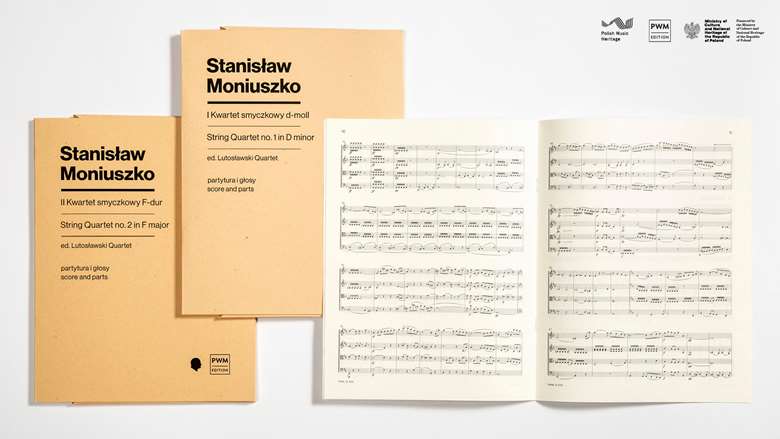The Heritage of Polish Music
Florence Lockheart
Friday, December 10, 2021
Sponsored content: A joint initiative by the Polish Music Publishing House and the Fryderyk Chopin Institute aims to raise public awareness for composers from Poland's partition period


Register now to continue reading
Don’t miss out on our dedicated coverage of the classical music world. Register today to enjoy the following benefits:
- Unlimited access to news pages
- Free weekly email newsletter
- Free access to two subscriber-only articles per month